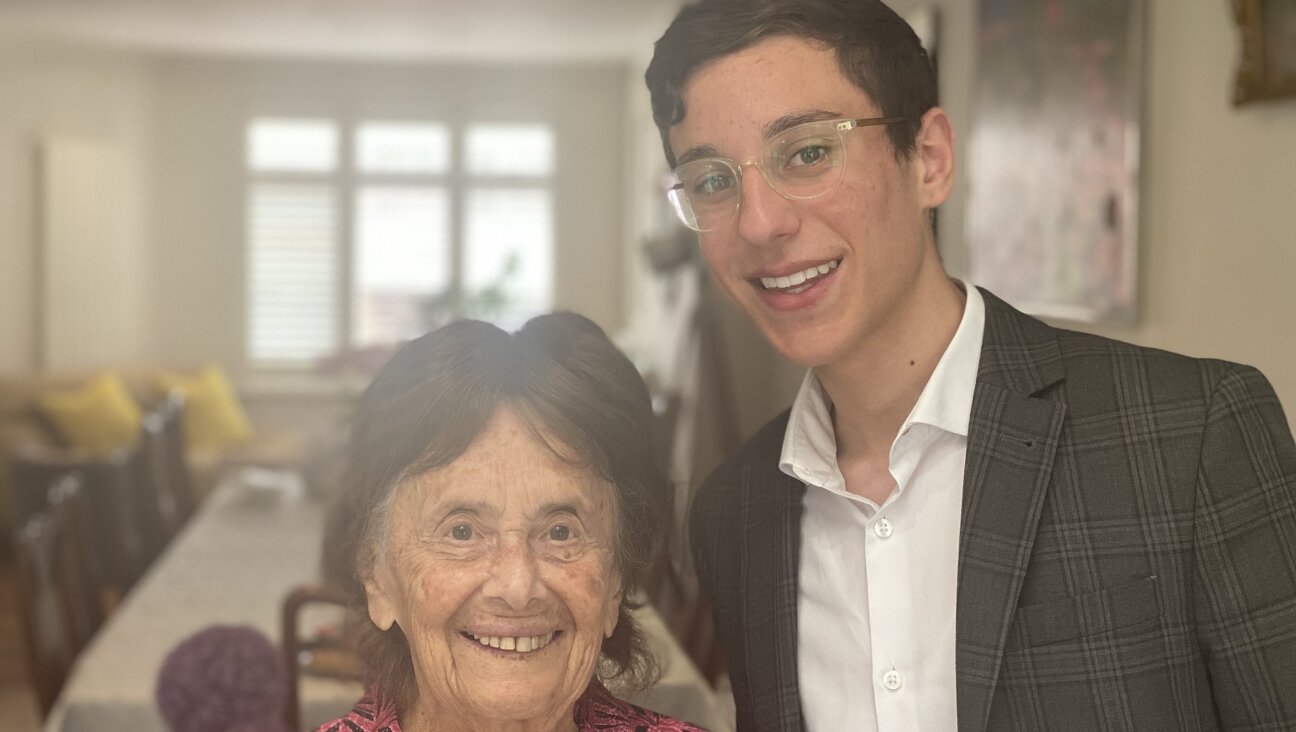What Sex Ed Should Really Teach
Lo and behold, New York City has decided that sex education should be mandatory in public middle and high schools, and include instruction on condom use and guidance on the appropriate age for sexual activity.
According to The New York Times story about the change:
New York City’s new mandate goes beyond the state’s requirement that middle and high school students take one semester of health education classes. The city’s mandate calls for schools to teach a semester of sex education in 6th or 7th grade, and again in 9th or 10th grade.
Technically speaking it’s only formal sex education that is new in the public school system. Some schools already include some sex education in their health classes, though not all discuss how to prevent pregnancy and disease beyond HIV/AIDS, on which New York State began requiring classes in 1987. And informal sex education (that is, the sex education that happens between teens and in bathrooms) has been part of school life for years, as most parents in the know would confirm. You just can’t be a teenager who is let out of the confines of their home and not bump up against sex education of some kind, whether it is in the form of friends bragging, misinformation on bathroom walls or actually helpful information from your best friend.
As someone who deals with sexual issues on a day-to-day basis, I am a big fan of formalized sex education being mandated. Making sure our kids get accurate, thorough information from a trustworthy source: what a novel idea.
However sex education as it currently exists (and in the interest of full disclosure I will say I have not yet seen the NYC curriculum but am assuming it does not depart much from other curricula I have seen), should really be titled “Reproduction-and-How-Not-To-Get-Pregnant Education,” which in my book does not constitute the same thing.
Here’s the deal: Sex, in its best incarnation, is a pleasurable activity that is part of a normal, thoughtful life. It should be safe, fun, mutually agreed upon (when involving another person), emotionally honest and satisfying. But most sex ed curricula don’t deal with many of these concepts. They focus on safety and birth control, and leave out pleasure and joy.
There seems to be an unspoken assumption that sex is a “natural activity” that doesn’t need training. “Don’t worry about those young people with their over-active hormones. They will figure it out for themselves all too well,” I can just imagine a grumpy old lady in a flowered housedress mumbling to herself. Well, I have news for you. Yes. Sex is natural. Kind of like breast feeding… and as many breast feeding mothers will attest, they couldn’t have figured it out for themselves. They needed someone to explain, guide and teach them how to do it right. The same goes for sex.
If we want kids not only to get the message that sex is a positive, wonderful part of life but also that you need time, patience and some information to have a good sex life, we need to make it available. A good sex education curriculum should talk about women’s pleasure, clitoris and orgasm. A good sex education curriculum should discuss oral, manual and anal sex, not just intercourse as the norm. And a good sex education curriculum should include masturbation as both a natural activity and as a great way to learn one’s body.
Day in and day out, in my practice I see women who have suffered from the lack of available information or worse still, misinformation, old wives tales and ridiculous stereotypes, all of which undermine their ability to enjoy sex. Isn’t it time that things change? Sex education, when done right, can do exactly that.
Bat Sheva Marcus is the clinical director at The Medical Center for Female Sexuality in New York. She has a Ph.D. in Human Sexuality and dual Master’s Degrees in social work and public health.





















